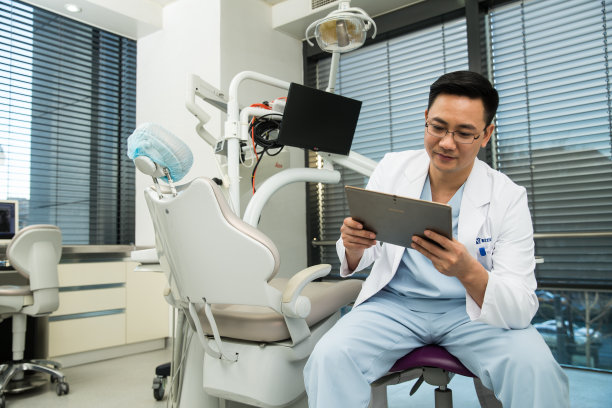Innovative Advances in Dental Implant Treatment Enhancing Patient Comfort and Long-Term Success Rates in Modern Dentistry
Summary: As the field of dentistry evolves, innovative advances in dental implant treatment play a crucial role in enhancing patient comfort and improving long-term success rates. This article delves into four key aspects: the introduction of digital technology, improved biomaterials, advancements in surgical techniques, and holistic pain management strategies. Each area significantly contributes to a more effective dental implantation process, ultimately leading to increased patient satisfaction and better outcomes. By understanding these innovations, patients can make informed decisions regarding their dental health, which is pivotal for long-term success in dental implants.
1. Embracing Digital Technology in Implant Dentistry

Digital technology has revolutionized many sectors, and dentistry is no exception. One of the most prominent advancements is the use of computer-aided design and computer-aided manufacturing (CAD/CAM) systems. These technologies enable dental professionals to create and place implants with remarkable precision. This improved accuracy not only enhances the fit of the implants but also reduces the time needed during surgeries.
Additionally, 3D imaging technology allows for better planning of implant placements. Dental professionals can visualize the patients anatomy in three dimensions, leading to personalized treatment plans that cater to individual needs. This thorough understanding of the dental landscape increases the likelihood of successful outcomes and minimizes complications.
Furthermore, the integration of digital workflows streamlines processes from diagnosis to follow-up care. For instance, the use of intraoral scanners eliminates the need for traditional impressions, enhancing patient comfort and speeding up the treatment timeline. Such innovations demonstrate significant improvements in efficiency and patient experience.
2. Advanced Biomaterials Enhancing Implant Longevity
The materials used in dental implants have significantly evolved over recent years. Historically, titanium has been the go-to material due to its biocompatibility and strength. However, innovative biomaterials such as zirconia are gaining traction due to their aesthetic appeal and reduced risk of metal-related complications.
Moreover, advancements in surface coatings and treatments have been developed to promote better osseointegration, the process through which the implant fuses with the jawbone. Enhanced surfaces increase the contact area between the implant and bone, resulting in improved stability and long-term success rates.
Finally, the introduction of bioactive materials that encourage natural bone formation further enhances the longevity of dental implants. These materials can stimulate regeneration and healing, ensuring a more robust connection between the implant and surrounding tissues, significantly impacting patient satisfaction and functionality.
3. Innovations in Surgical Techniques for Implants
Modern surgical techniques have made dental implant procedures less invasive and more efficient. Minimally invasive surgery (MIS) techniques are now at the forefront, allowing for reduced trauma to surrounding tissues. This approach not only boosts patient comfort but also leads to quicker recovery times.
Another innovation includes the use of guided implant surgery, which employs surgical guides created from digital scans. This technique allows for more accurate placement of the implants, minimizing the risk of complications and ensuring better outcomes for patients.
Additionally, the development of immediate loading protocols enables patients to have well-functioning implants within a shorter timeframe. By placing temporary crowns simultaneously with implant insertion, patients can enjoy enhanced functionality during their healing phase, which positively impacts their overall experience and satisfaction.
4. Holistic Pain Management Strategies in Dentistry
Pain management has traditionally been a significant concern in dental procedures, but recent advances have focused on holistic approaches to patient care. Innovative sedation techniques, such as virtual reality or inhalation sedation, significantly enhance comfort levels during procedures, allowing patients to undergo treatment with reduced anxiety.
Furthermore, local anesthesia methods have improved, offering more effective options to cater to individual tolerances and needs. Dentists can now utilize a variety of anesthetics to ensure patients experience minimal discomfort while maintaining their awareness, fostering a relaxed atmosphere.
Lastly, the integration of postoperative care strategies, including the use of cryotherapy or anti-inflammatory medications, can effectively manage discomfort after surgery. Such measures not only enhance immediate recovery but also improve overall long-term satisfaction with the dental implant process.
Summary:
Innovative advances in dental implant treatment have significantly transformed modern dentistry, particularly in terms of enhancing patient comfort and boosting long-term success rates. The focus on digital technology, improved biomaterials, advanced surgical techniques, and holistic pain management has ensured that patients receive the best care possible. By continually embracing these advances, dental professionals aim to provide a more satisfying experience for patients, facilitating better overall health outcomes.
This article is compiled by Vickong Dental and the content is for reference only


